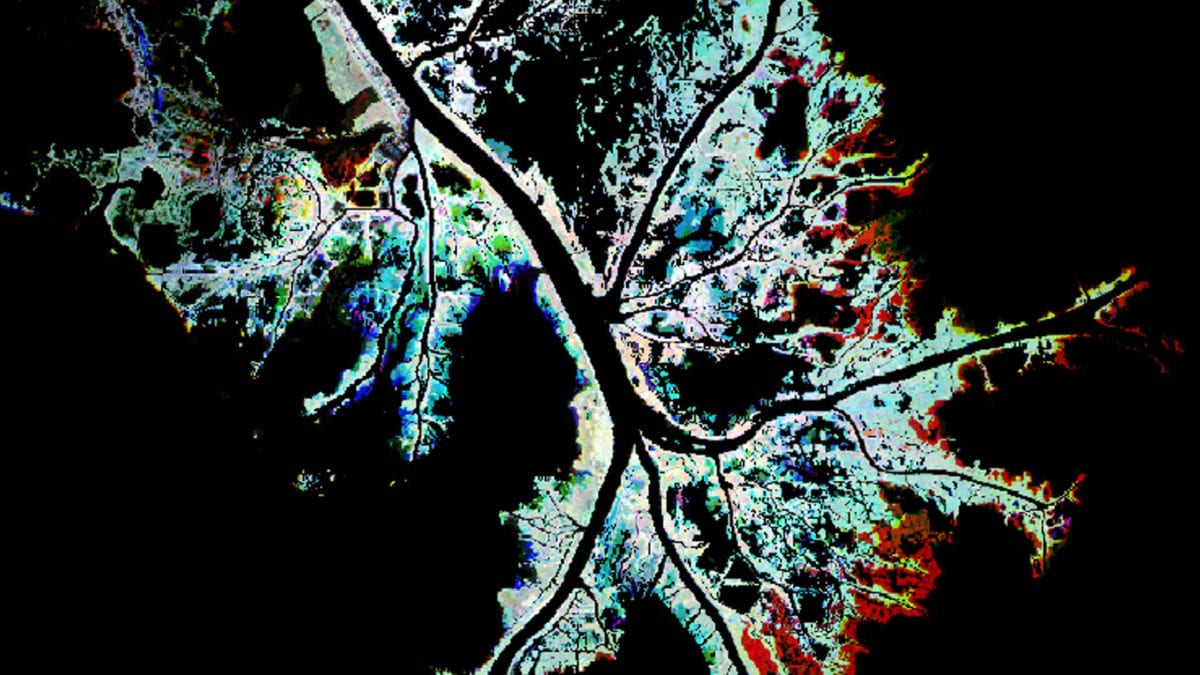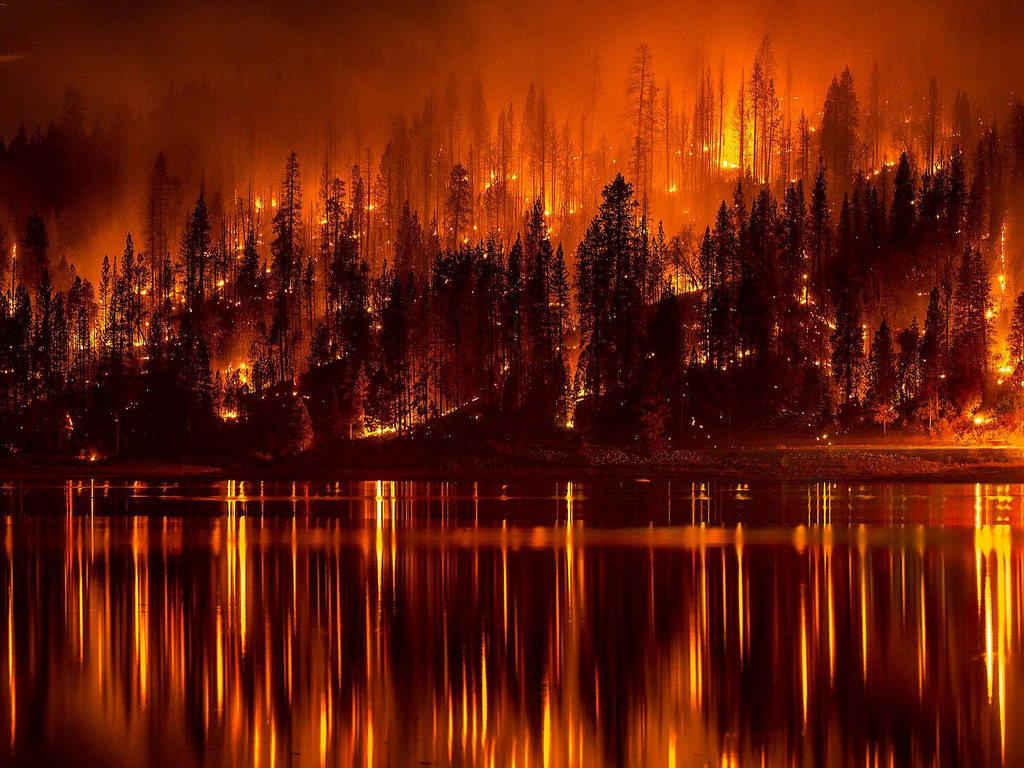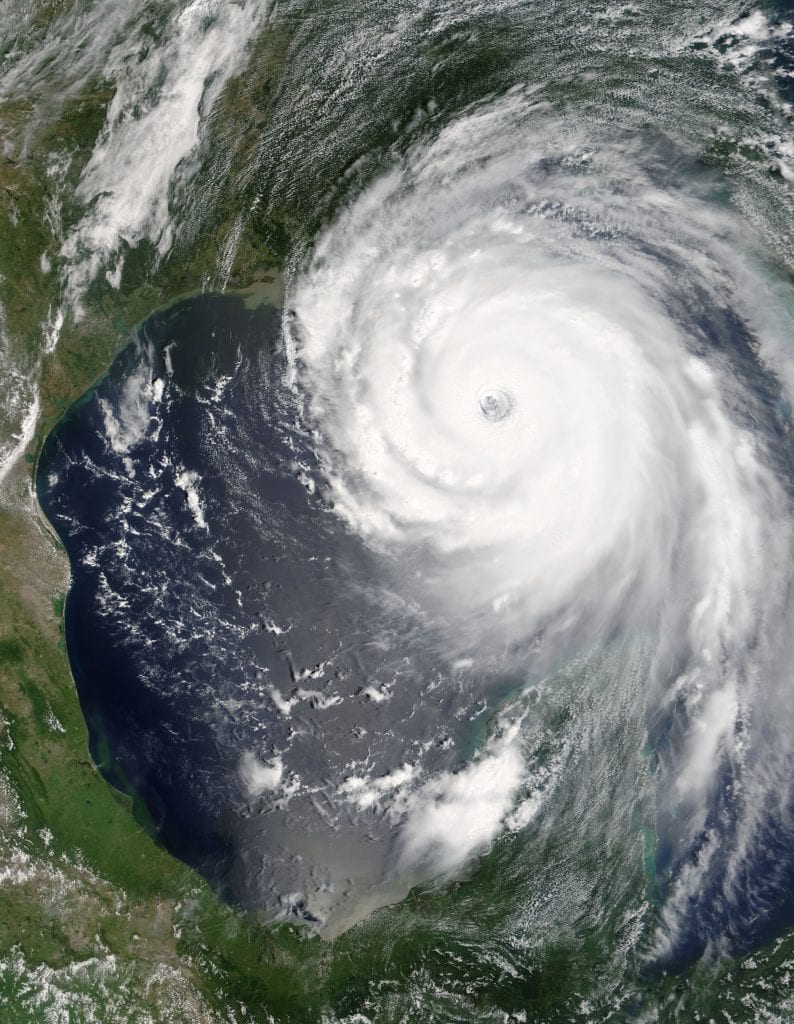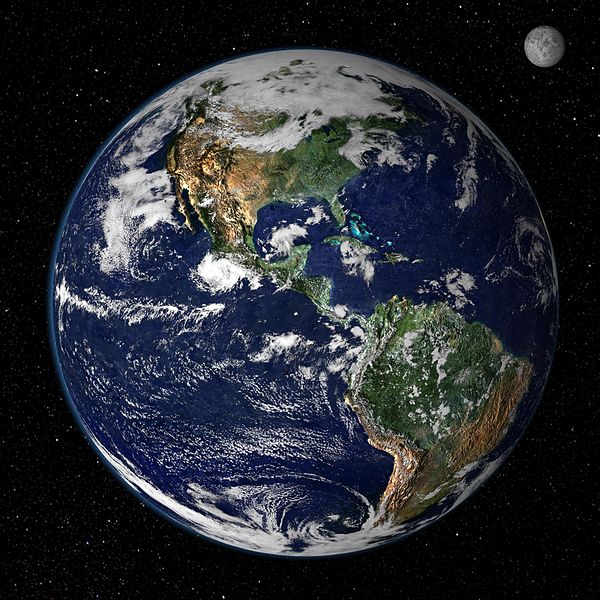Practical Apps Are Being Developed to Tackle Ecological and Economic Disasters –
By Glynn Wilson –
WASHINGTON, D.C. – Before there was Russian meddling in the U.S. presidential election of 2016, before the Trump-Putin “treason summit” in Helsinki, before the end of the Cold War in 1989, the fall of the Berlin Wall and the breakup of the Soviet Union, even before the Watergate scandal brought down Richard Nixon in 1974, there was the “Great Grain Robbery” of 1972.
It may seem like ancient history now, and people don’t remember it in part because there was no internet, no smart phones, no Facebook or Twitter.
You can Google it, however, and there are still a few scientists at NASA who remember when crops collapsed in the Soviet Union and the Russians made a deal with a couple of mega-American farmers to buy up much of this country’s wheat and corn stocks. The shortage in Russia was part of a worldwide shortage in grain production that almost wiped out international stockpiles, according to articles about it you can find online.
The ‘Great Grain Robbery’ of 1972
As at least some parts of the Trump administration seem hell-bent on fighting a trade war that once again threatens American farmers, someone in the White House would do well to remember that the U.S. government wasted $300 million in public funds and lost the same amount in potential revenue by unwittingly subsidizing the Russian wheat purchases.
The reason NASA scientists remember the event is because the same year, scientists launched the first satellite to orbit the Earth dedicated to monitoring major agricultural crops around the globe and to develop a program to better forecast crop production.
NASA teamed up with the U.S. Department of Agriculture (USDA) and the National Oceanic and Atmospheric Administration (NOAA) to launch Landsat 1 and begin to develop crop production forecasts through satellite monitoring.
“Out of the unsettling agricultural and economic events of 1972, the beginnings of a robust agricultural monitoring program were born,” according to the lore on the events at NASA headquarters in Washington.
Forty-six years later, the practical applications of NASA’s date gathering programs are being developed literally into apps for your iPad and iPhone that are helping to combine available data and potentially come up with solutions for an impressive number of ecological and economic problems from the loss of wetlands in Louisiana to agricultural and food security in Georgia and North Dakota, from water availability and quality in the American West to deforestation in Central and South America.
To explore the details of these and other programs, peruse the projects listed on NASA’s applied sciences DEVELOP website.
The program celebrated its 20th anniversary at NASA’s administrative headquarters in Washington, D.C. on Wednesday, August 1. You can read more about that here.
“NASA uses the vantage point of space to understand and explore our home planet, improve lives, and safeguard our future,” according to NASA public affairs officer Steve Cole. “The agency makes its Earth observations freely and openly available to those seeking solutions to important global issues such as changing freshwater availability, food security, and human health.”
While the general public probably thinks of the moon landing or the exploration of the planet Mars when thinking of the National Aeronautics and Space Administration, Cole likes to say, “This is the best planet of them all.”
While the president and private space exploration companies are now looking to reach out to the stars like never before, it would be a good idea to use whatever resources it takes to study and protect this planet now for the future of the human race.
NASA scientists find it hard to imagine or even begin to conceive of a plan to accommodate 7-9 billion people on the moon or another planet such as Mars, where the evidence of liquid water and the potential for life are just now being explored mostly for academic, public relations and budgetary purposes.
Partisan political rhetoric and insane tweets aside, Earth is the place to be, at least if we quit ignoring the science that shows our climate is changing right before our very eyes every day because the planet is warming from the burning of fossil fuels. Wildfires and extreme heat and drought in the West are just the most visible extremes that show up on the news on a daily basis.
Larger, more powerful storms with greater human and economic impacts are also on the list. Ask the people of Puerto Rico, Texas, Florida, the New Jersey Shore or New Orleans.
Perhaps more people in those places who have already experienced the massive devastation should consider moving to Washington for a time to surround the White House and the Capitol building until the president and Congress get the message and stop playing politics with all of our lives.

















